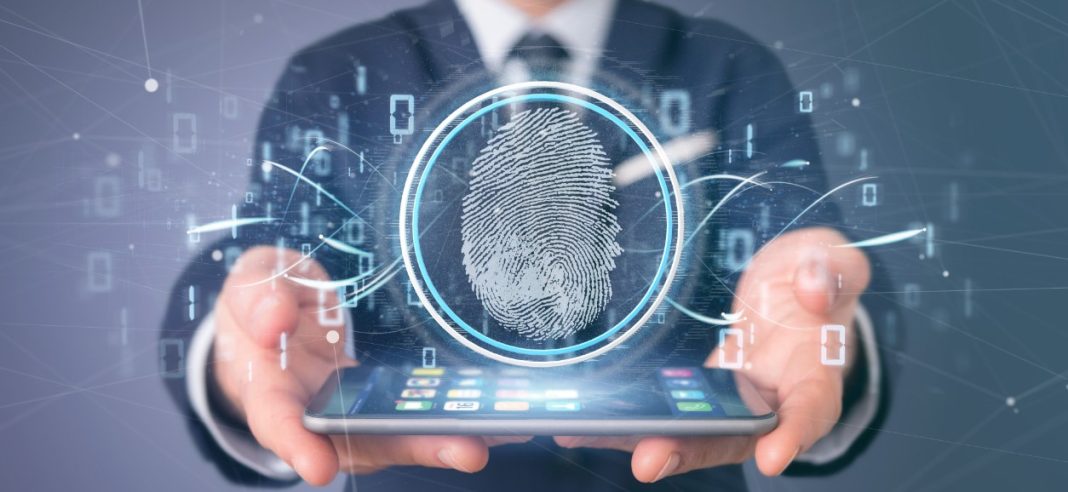Is your business authenticating customers fine? The fine is the enemy of great.
The fine is a reason to stay the same when you should be improving.
It’s essential that you invest the time to find out what’s the best possible route to take to authenticate your customers.
They are the lifeblood of any organization, so they deserve the very best authentication methods.
If you are in the market for expedient authentication devices, you have to be sure that what you choose will work for you.
You should read this comprehensive guide on customer authentication methods before you buy.
Today, we’ll cover everything from tokens to facial recognition. Let’s get started.
Password-Based Authentication
It involves the customer entering a username or ID, and then a password. This password-based authentication process can secure by implementing various steps such as:
- Password complexity,
- Password reset frequency
- Allowing 2-factor authentication (such as text authentication or biometric authentication)
The passwords used should also be unique and hard to guess, while users should also be discouraged from re-using the same password in applications. Different companies may require users to enter extra information, such as personal information or device access details, before logging in for added security.
Two-Factor Authentication
This approach ensures that a user must supply two pieces of proof to access an account or website. The evidence can include a:
- Password
- PIN,
- Card
- Biometrics
- Security token
By forcing users to provide two pieces of authentication, it becomes much harder for hackers to gain access to a system. While two-factor authentication is used, other customer authentication methods must be considered. Your choice between mobile verification vs customer authentication 2FA should be based on your company’s security needs and user experience.
Multi-factor Authentication
It involves using two or more factors to verify one’s identity. Generally, one of these factors is something the user knows, while the other is something the user has, such as a physical token or a mobile device. This ensures that even if one factor is compromised, the user is still protected.
When choosing a custom authentication method, businesses must consider:
- Current and projected risks
- Technology
- User effort
- Cost
- The scope of the authentication process
For instance, multifactor authentication may be most suitable for businesses whose customers are transmitting sensitive data, such as financial information.
Biometric Authentication
Physical characteristics such as:
- Fingerprints
- Face scans
- And retinal scans
Are used to confirm that the person is who they say they are. Fingerprint verification is one of the most secure forms of biometric authentication. It can also be the most costly. Face recognition is a less secure form of authentication compared to fingerprints but it can be less expensive and take less time.
Retina scans can be the most secure form of authentication since the ridges in a person’s retina are unique to the individual, but it can be inconvenient since the customer must look into a device to scan their eye.
Token-based Authentication
Token-based authentication is a method focused on granting secure access to systems, services, and apps to verified users. It is the process of verifying a user’s identity by providing some type of token. This token is either given at the time of authentication, or the user may enter their credentials.
It provides a layer of security and eliminates the need to remember and enter complex passwords. It is very popular for secure transactions and can be used for logging into:
- Websites and apps
- Accessing secure documents
- Financial transactions
- And more
Certificate-based Authentication
This method allows for strong authentication of users through digital validation, providing higher assurance of identity in risk-sensitive areas. An authentication method can be two-factor authentication, which is a two-stage validation process requiring pieces of evidence before certain privileges.
Certificates are browser-generated data files signed by a server’s digital certificate, assuring the certificate is valid and issued. Additionally, server certificates may be used to:
- Authenticate devices
- Open access to secure websites
- Or provide access to an encryption key
Companies can decide which certificate-based authentication methods. As there is a wide array available depending on their needs.
Risk-based Authentication
In the world of identity and access security, RBA helps organizations secure customer access and reduce fraud losses. RBA works by studying user transaction patterns, such as:
- Frequency of logins
- IP addresses
- And geographic locations
To determine the level of risk associated with each customer authentication attempt.
Behavioral Authentication
Behavioral authentication is a custom authentication method that has gained traction in recent years for its ability to verify the identity of users by studying the actions of their user accounts over time. This method can detect anomalies in online activity and trigger a reaction that puts an extra layer of security in place.
The benefits of this method are ongoing, with improved accuracy and the ability to identify suspicious behavior that might have with other methods. With a combination of authentication methods, customers can rest assured their accounts are well protected.
Contextual Authentication
Contextual Authentication involves using multiple data points, such as information about the user’s past interactions, etc, to provide a level of security. To ensure secure authentication, it is important to choose the right type of authentication method for the customer.
Authentication methods come in three forms:
- Knowledge-based authentication (KBA)
- Out-of-band authentication (OBA)
- Biometric authentication
KBA requires customers to answer personal questions, and OBA involves customers entering a code sent to them via text or email. Considerations when deciding on an authentication method should include:
- Cost
- User convenience
- Security
- And scalability
One-time Password Authentication
This one-time password is a generated code that is used as a single-use authentication token. OTP authentication is an important security measure that is used to confirm the identity of customers during transactions. It helps to protect the customers’ sensitive information, such as credit card details, from unwanted third parties.
When deciding which authentication method is best for your customers, it is important to consider the level of security and convenience that your OTP authentication provides. Additionally, it is important to consider the protection against phishing and other cyberattack techniques that your OTP authentication offers.
Choosing The Best Customer Authentication For Your Business
Authentication is an essential step in improving customer security. Companies should assess their authentication needs and budget before making a decision.
With an array of authentication approaches, it is important to select a method that compounds with other security strategies and is tailored to fit the company’s needs. Get started by learning more about each authentication method to determine the best choice for you!
Did you enjoy this post? If so, check out our other latest blog posts.










